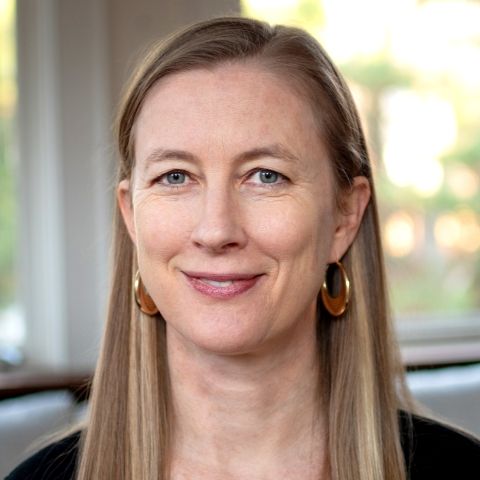
This Article is built around a central empirical claim: most reforms and interventions in the criminal legal space are shown to have little lasting effect when evaluated with gold standard methods. While this might be disappointing from the perspective of someone hoping to learn what levers to pull to achieve change, I argue that this teaches us something valuable about the structure of the social world. When it comes to the type of limited-scope interventions that lend themselves to high-quality evaluation, social change is hard to engineer. Stabilizing forces push people back toward the path they would have been on absent the intervention. Cascades—small interventions that lead to large and lasting changes—are rare. And causal processes are complex and context dependent, meaning that a success achieved in one setting may not port well to another.
This has a variety of implications. It suggests that a dominant perspective on social change—one that forms a pervasive background for academic research and policymaking—is at least partially a myth. Understanding this shifts how we should think about social change and raises important questions about the process of knowledge generation.